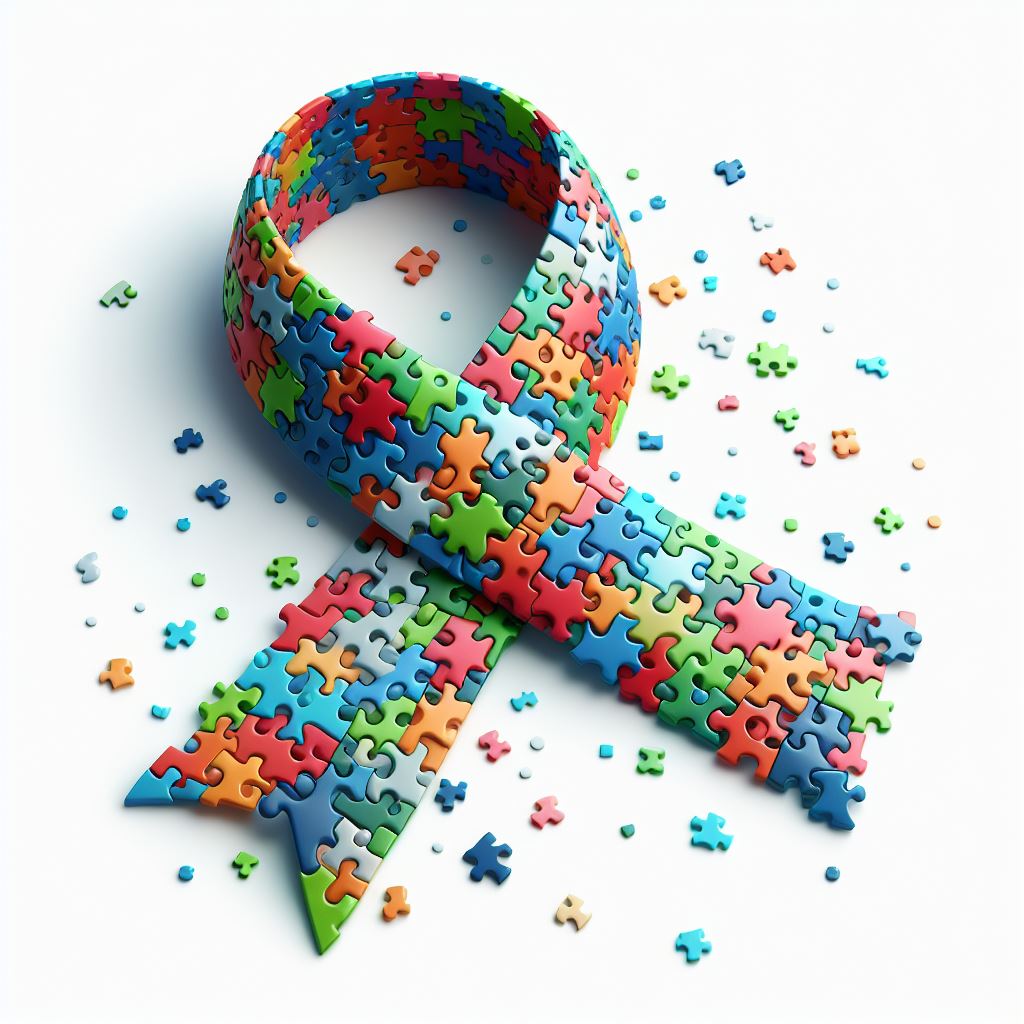Autism and Sensory Processing: Checking Out the Connection and Its Impacts
Autism and Sensory Processing: Checking Out the Connection and Its Impacts
Blog Article
Exploring Autism: Techniques for Effective Communication and Communication
Efficient communication and interaction with individuals on the autism spectrum necessitate a thorough understanding of their special requirements and choices. The complexities of these methods reveal more factors to consider that merit expedition, especially in exactly how they can be adjusted to diverse contexts and specific experiences.
Comprehending Autism Range Problem
Autism Range Disorder (ASD) includes a range of neurodevelopmental problems identified by difficulties in social communication, interaction, and repeated behaviors. The term "spectrum" reflects the diverse indications and differing degrees of seriousness experienced by individuals with ASD. While some may show considerable disabilities, others might show high-functioning attributes, enabling higher self-reliance in life.
The start of ASD typically takes place in very early childhood, with signs commonly identifiable by age 2. Early signs may consist of delayed speech growth, limited eye contact, and difficulties in understanding social hints. The exact etiology of ASD continues to be vague, study recommends a mix of ecological and hereditary variables plays an important duty in its growth.
As a result, interventions and assistance tailored to private requirements are necessary for cultivating communication and social abilities. Identifying the intricacy of ASD is important for advertising awareness, acceptance, and efficient approaches that help with purposeful interactions with individuals on the spectrum.

Importance of Clear Interaction
Effective communication is essential for promoting understanding and link, especially for people with Autism Range Problem (ASD) Clear communication not just facilitates social communications but also enhances the person's ability to express their needs, thoughts, and emotions. For individuals with ASD, the subtleties of language can often be challenging; consequently, using unambiguous and uncomplicated language is important.
In addition, clear communication helps in reducing frustration and anxiousness that may occur from misunderstandings. When messages are conveyed in a direct and constant manner, individuals with ASD are much better equipped to analyze information properly, which can significantly improve their social engagement and engagement in different setups.
Developing routines and utilizing visual assistances can even more boost clear interaction. These methods offer individuals with foreseeable structures that help understanding and retention of info. Furthermore, actively listening and being individual throughout interactions advertises a helpful atmosphere where people with ASD really feel valued and recognized.
Ultimately, focusing on clear interaction not only equips people with ASD but additionally fosters even more meaningful links with their peers, caregivers, and the bigger area, leading the way for joint partnerships and comprehensive communications. - autism
Non-Verbal Interaction Strategies
Interaction extends beyond words, and for people with Autism Range Disorder (ASD), non-verbal signs play a considerable duty in communications. Non-verbal communication techniques can include facial expressions, gestures, body language, and eye call, every one of which act as vital elements for conveying emotions and intents.
Understanding and analyzing these non-verbal signals can improve communications with individuals with ASD. As an example, a cozy smile or open stance can create a welcoming ambience, encouraging engagement. Similarly, making use of aesthetic aids-- such as photo cards or signs-- can bridge interaction gaps and aid convey messages extra efficiently.
It is additionally crucial to be mindful you could try here of personal area, as people with ASD may have various convenience degrees concerning proximity. Observing their reactions to physical distance can inform appropriate changes.

Creating Supportive Atmospheres
Developing a helpful setting is critical for fostering favorable interactions and improving the well-being of individuals with Autism Spectrum Disorder (ASD) Such settings can considerably minimize anxiety and create a feeling of security, permitting people to reveal themselves a lot more freely.
To achieve this, it is important to consider sensory level of sensitivities that people with ASD may experience. Customizing the physical room to consist of soft illumination, marginal history sound, and comfy seating can create a calming atmosphere. Furthermore, making use of constant regimens and clear visual schedules can help individuals anticipate transitions and reduce unpredictability, further advertising comfort.
Social spaces need to be structured to lessen frustrating stimuli while offering chances for engagement in recommended activities. Facilitating areas designated for silent time can also function as a haven throughout moments of tension. Importantly, integrating elements of choice equips people, allowing them to exercise company in their environment.

Motivating Social Interactions
Cultivating social interactions among people with Autism Spectrum Problem (ASD) requires deliberate strategies that prioritize convenience and interaction. Developing foreseeable regimens can help in reducing anxiety, making social setups extra approachable. Developing organized atmospheres with defined duties and roles enables individuals to engage without the frustrating stress of unstructured social characteristics.
Integrating passions and staminas into social tasks can function as a stimulant for communication. For instance, arranging team tasks around shared pastimes or topics of fascination can help with natural discussions and links. Furthermore, utilizing aesthetic assistances, such as pictorial timetables or social manuscripts, can aid in understanding social hints and expectations.
Modeling proper social my website behaviors is essential - autism. Grownups and peers ought to demonstrate efficient communication techniques, including active listening and turn-taking. Role-playing situations can likewise provide a safe area for people to exercise these skills
Finally, fostering peer relationships with inclusive techniques is crucial. Motivating inclusive playdates or team trips can produce chances for socialization in a comfortable setup. By implementing these caregivers, educators and methods can dramatically enhance social communications for people with ASD, advertising their total social development and health.
Conclusion
In conclusion, reliable interaction and interaction approaches are important for sustaining people with Autism Spectrum Problem. Inevitably, these approaches equip people with autism to browse social landscapes, promoting their total well-being and allowing the growth of long lasting relationships.
Efficient interaction this post and communication with individuals on the autism spectrum require a thorough understanding of their one-of-a-kind needs and preferences. Clear communication not only helps with social interactions however also improves the person's capability to share their feelings, thoughts, and demands.Fostering social interactions among individuals with Autism Spectrum Problem (ASD) requires deliberate strategies that focus on comfort and involvement. By executing these educators, caregivers and approaches can dramatically enhance social interactions for people with ASD, promoting their general social growth and well-being.
In final thought, reliable communication and communication methods are vital for sustaining individuals with Autism Spectrum Disorder.
Report this page